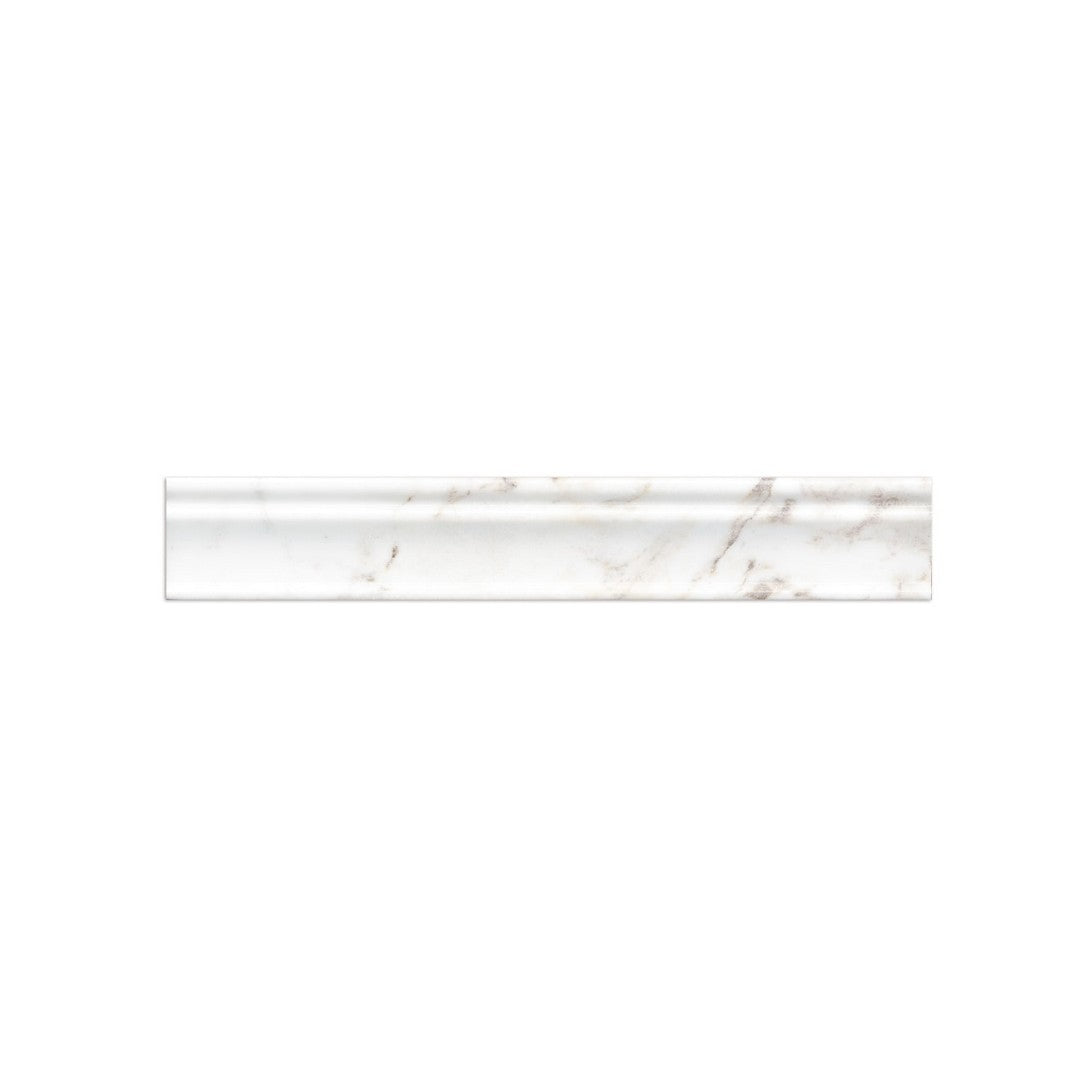Marble and Granite Tiles
815 products
Showing 1 - 24 of 815 products


 Bedrosians Marble 11.25" x 11.25" Honed Jumbo Basketweave Dot Mosaic
Bedrosians Marble 11.25" x 11.25" Honed Jumbo Basketweave Dot Mosaic

 Bedrosians Monet 2" x 8" Honed Marble Decorative Tile
Bedrosians Monet 2" x 8" Honed Marble Decorative Tile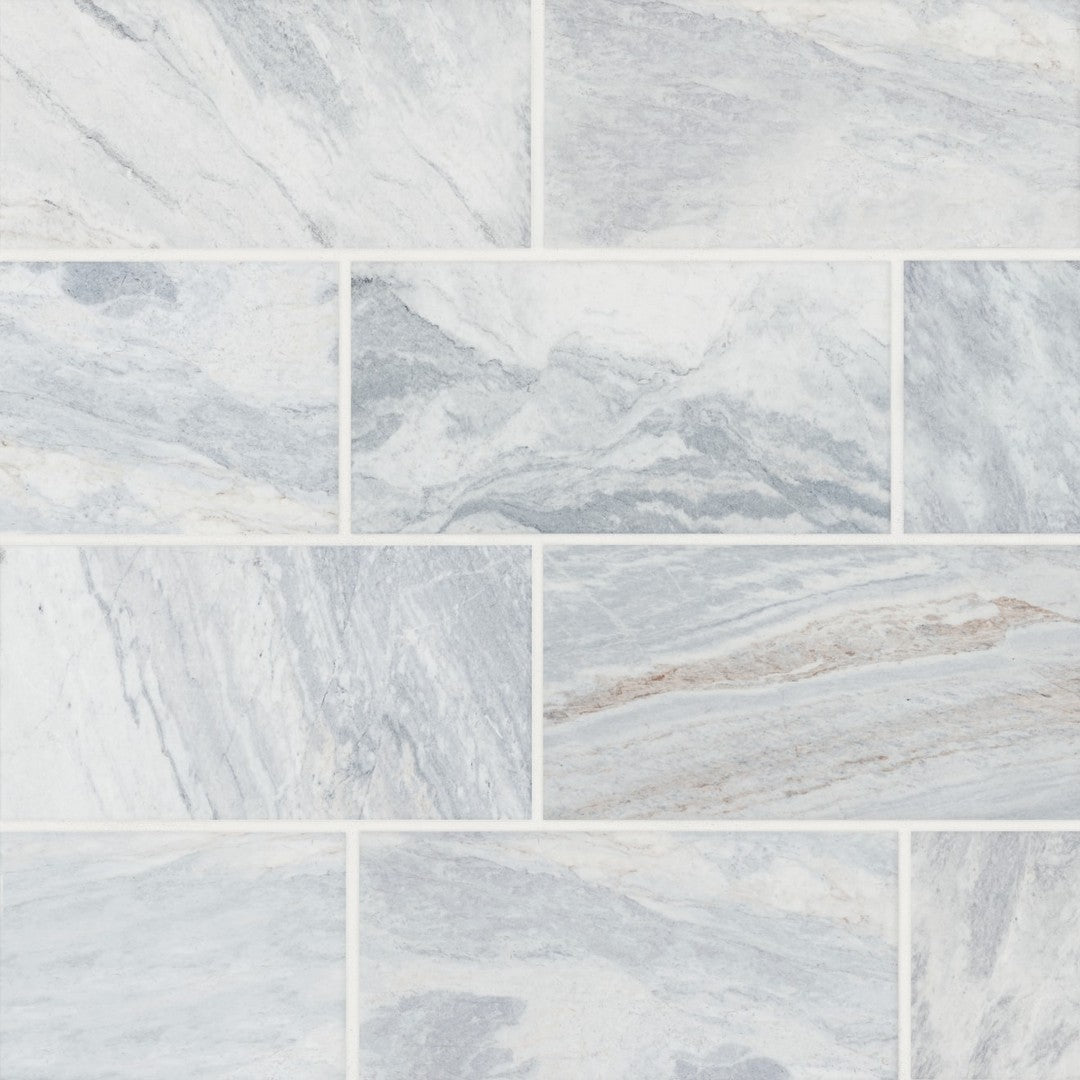
 Bedrosians Marble Glorious Blue 12" x 24" Polished Tile
Bedrosians Marble Glorious Blue 12" x 24" Polished Tile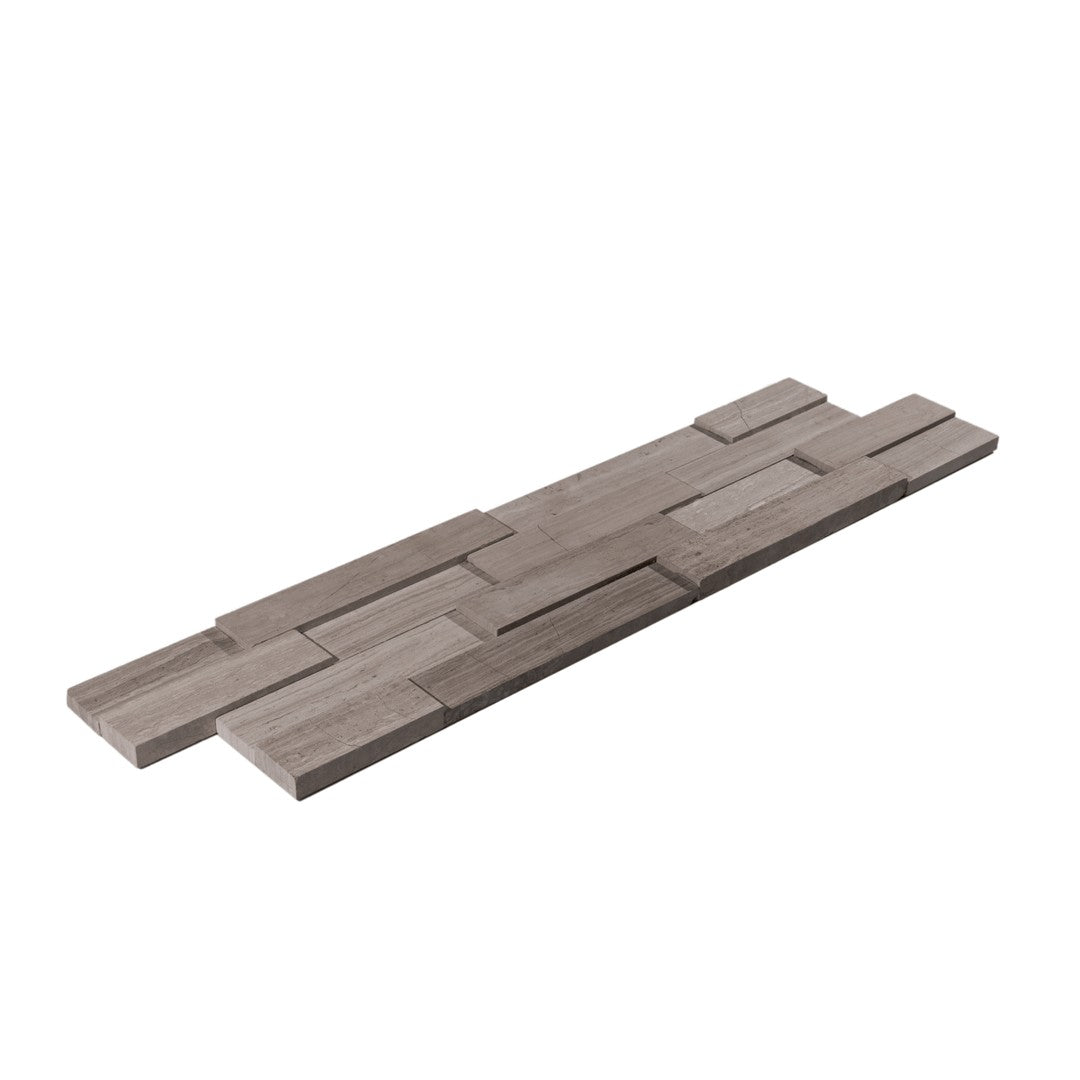
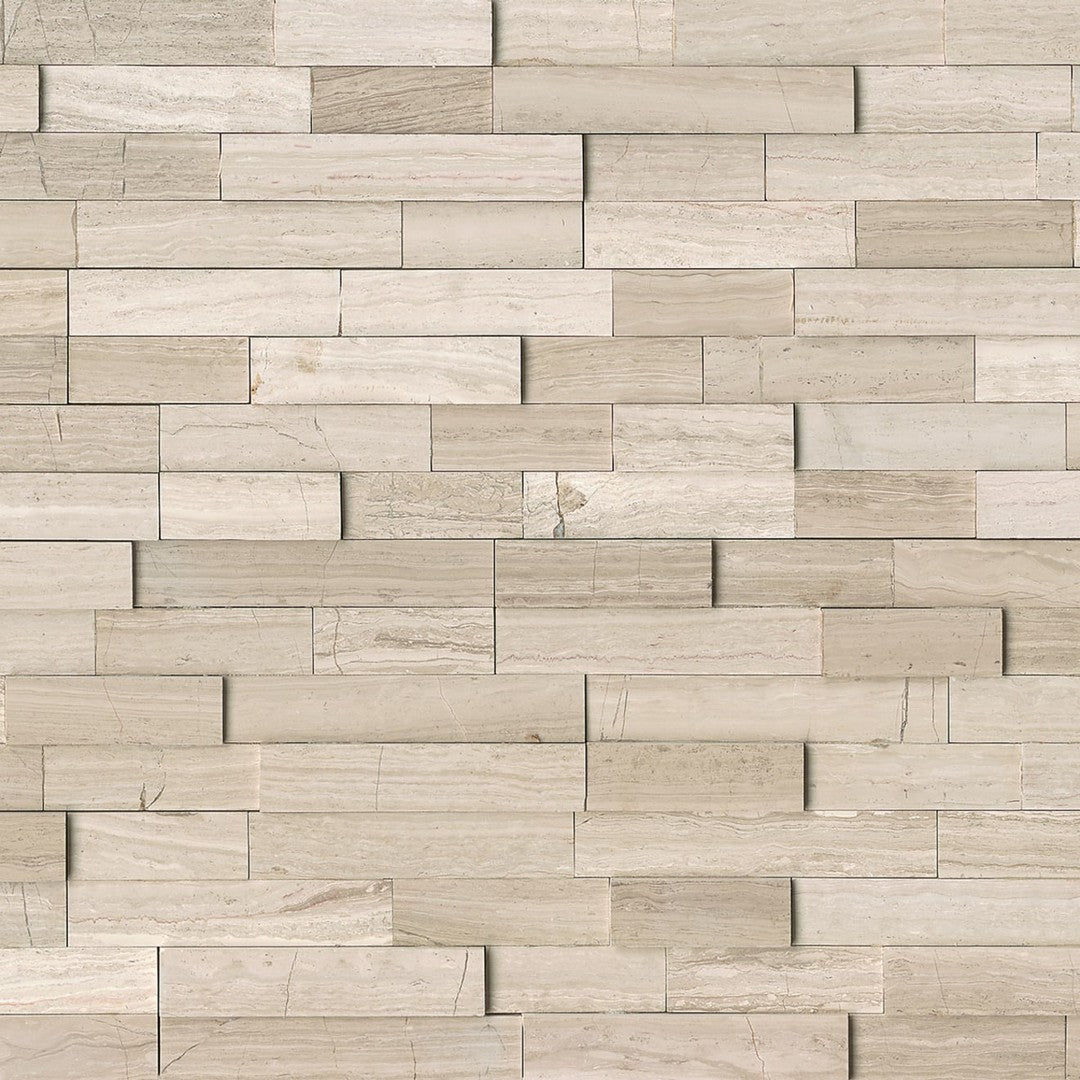
 Bedrosians Marble Ashen Grey 6" x 24" Honed Ledger
Bedrosians Marble Ashen Grey 6" x 24" Honed Ledger
 MS International Turkish Carrara 6" x 84" Polished Marble Threshold Double Beveled
MS International Turkish Carrara 6" x 84" Polished Marble Threshold Double Beveled
 MS International Turkish Carrara 5" x 36" Polished Marble Threshold Double Beveled
MS International Turkish Carrara 5" x 36" Polished Marble Threshold Double Beveled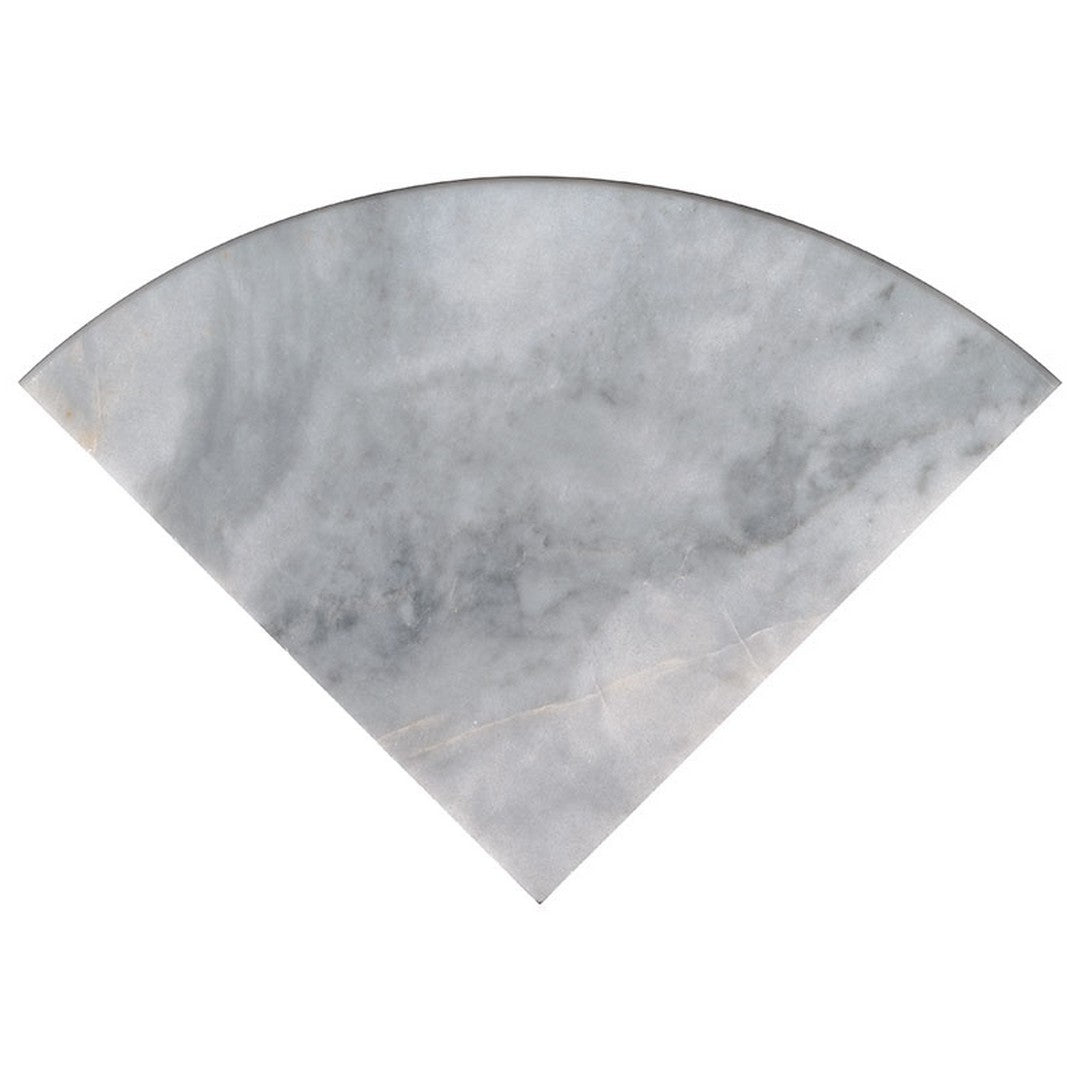
 MS International Turkish Carrara Polished Marble Corner Shelf 9" Radius Beveled
MS International Turkish Carrara Polished Marble Corner Shelf 9" Radius Beveled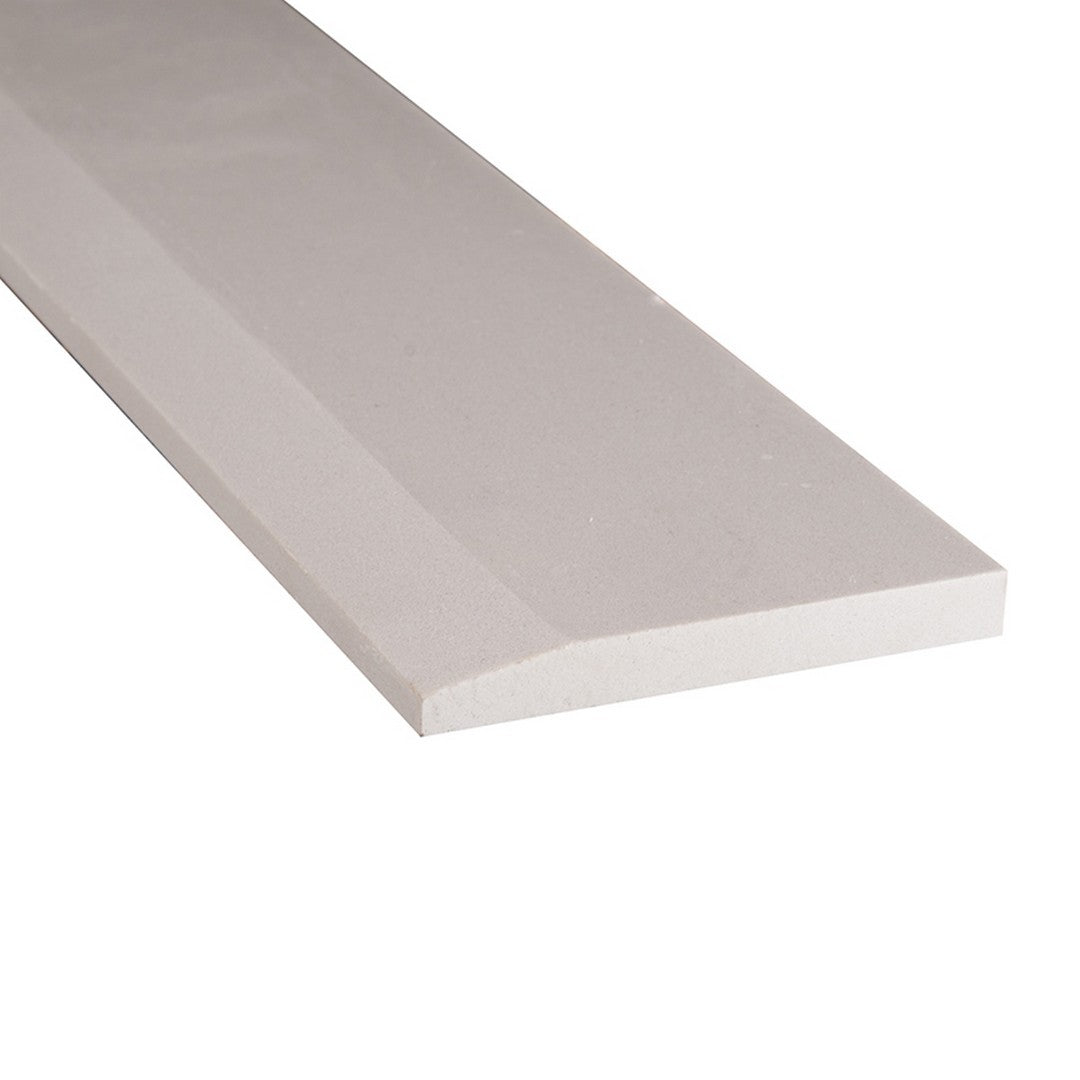
 MS International Engineered White 5" x 36" Polished Marble Threshold Single Hollywood
MS International Engineered White 5" x 36" Polished Marble Threshold Single Hollywood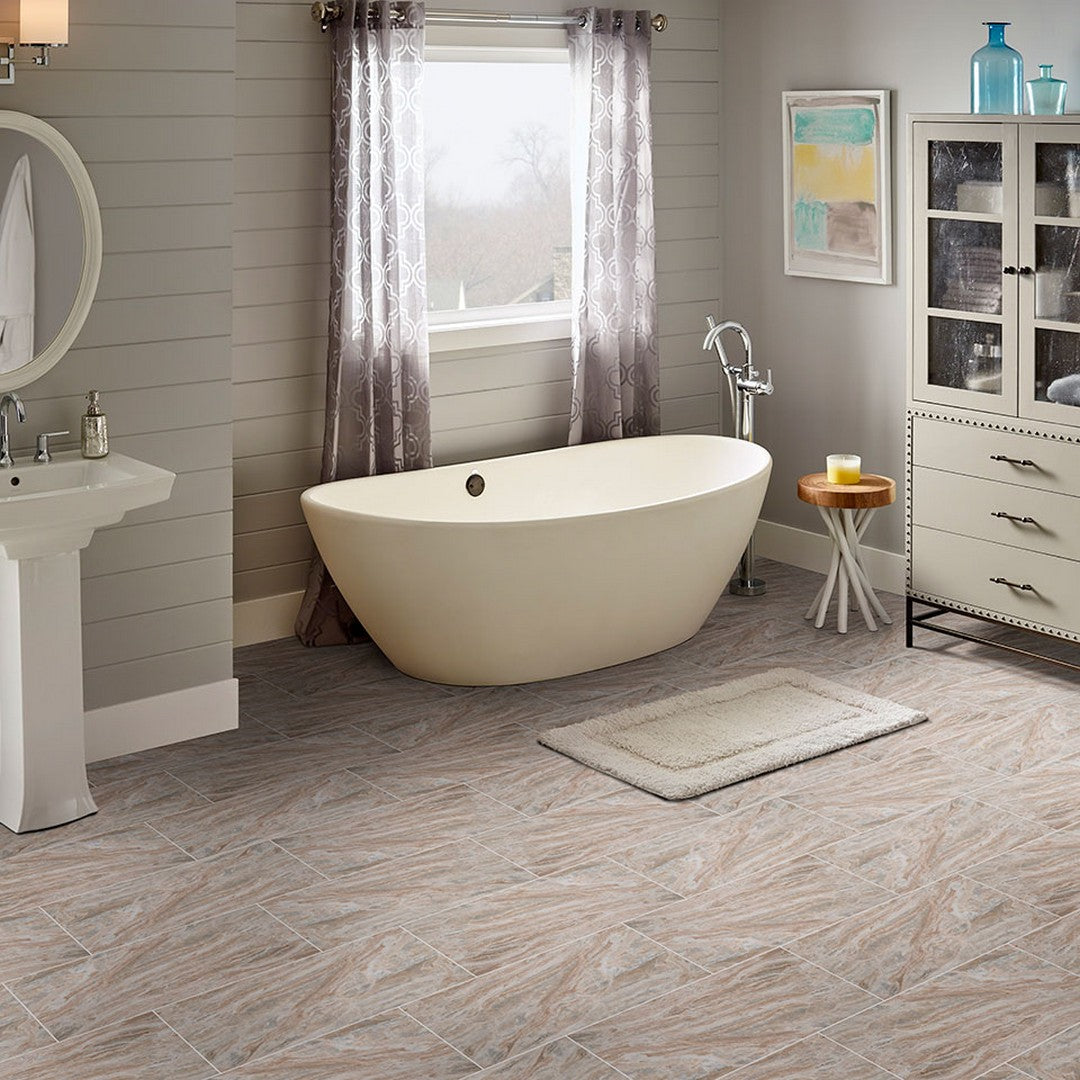
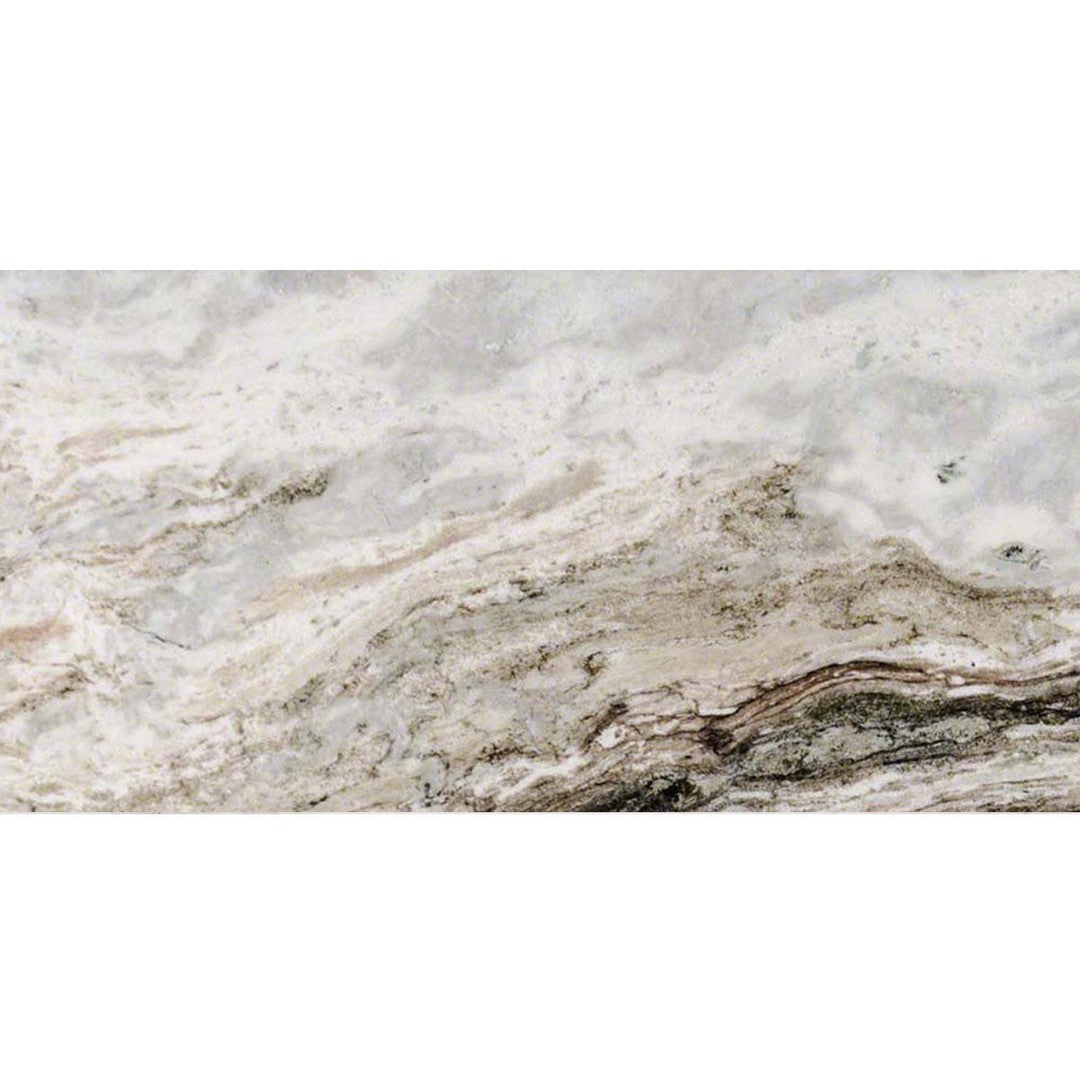
 MS International Fantasy Brown 12" x 24" Polished Marble Tile
MS International Fantasy Brown 12" x 24" Polished Marble Tile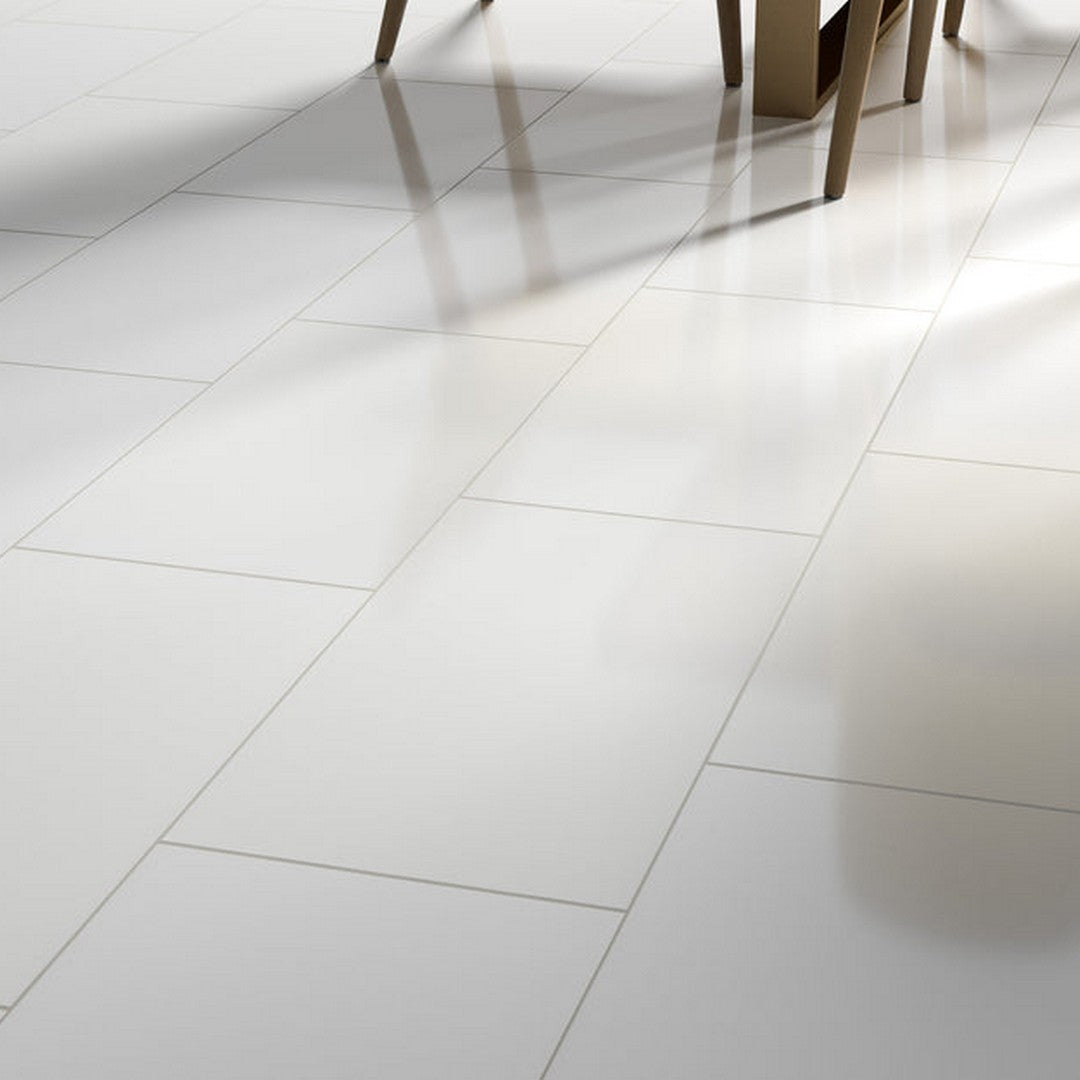

 Emser Marble Thassos 12" x 24" Polished Marble Tile
Emser Marble Thassos 12" x 24" Polished Marble Tile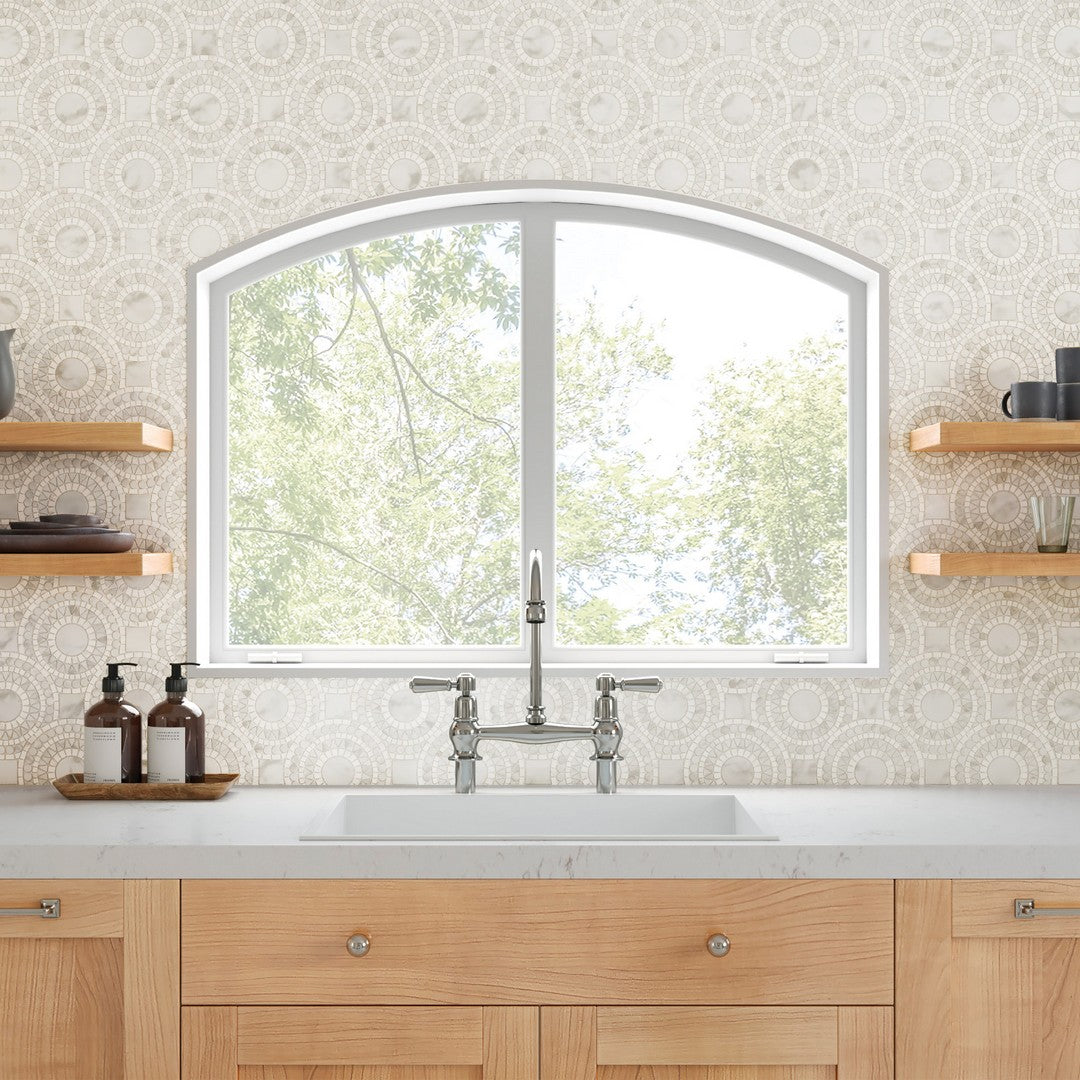
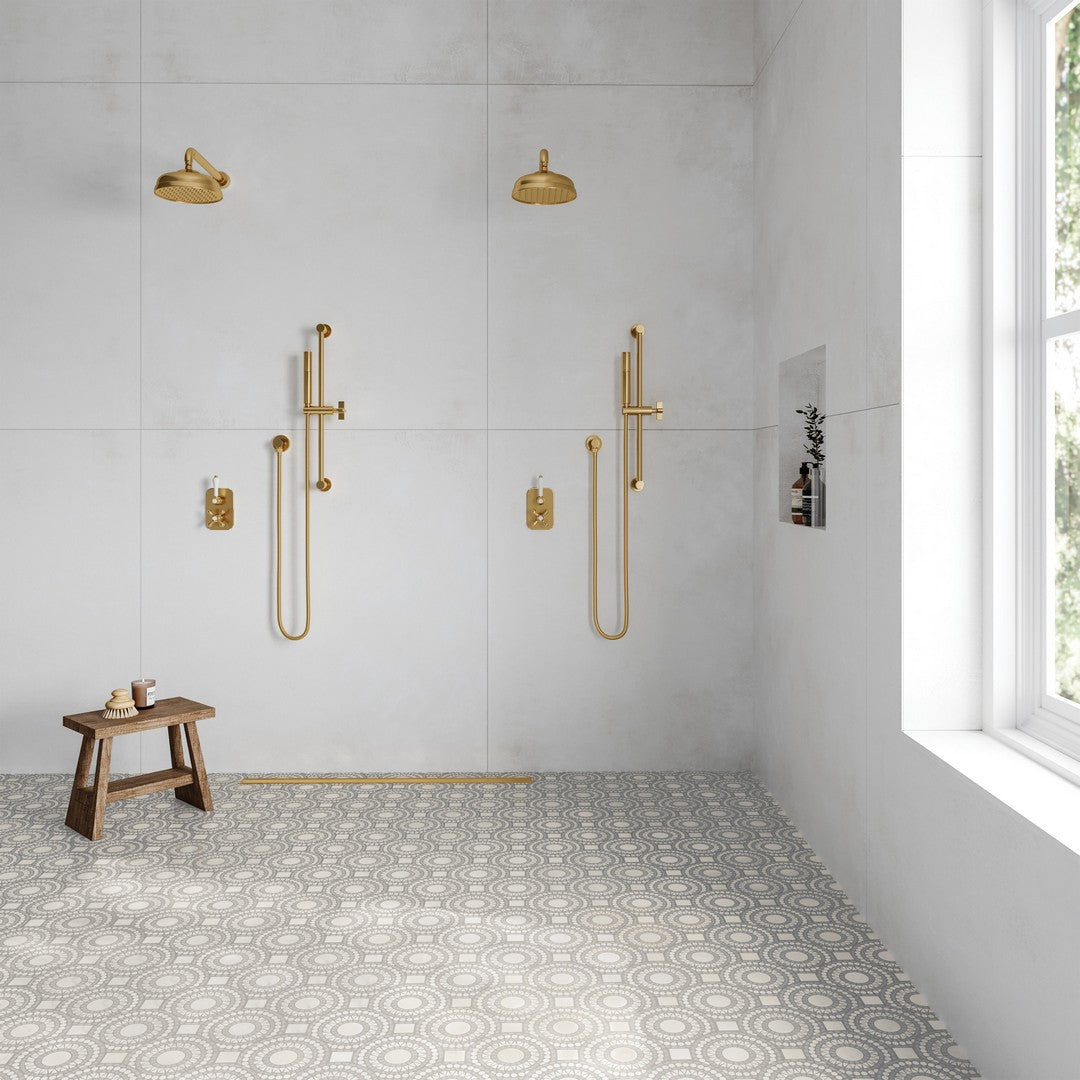
 Bedrosians Solis 14.25" x 14.25" Solis Honed Marble Blend Mosaic Tile
Bedrosians Solis 14.25" x 14.25" Solis Honed Marble Blend Mosaic Tile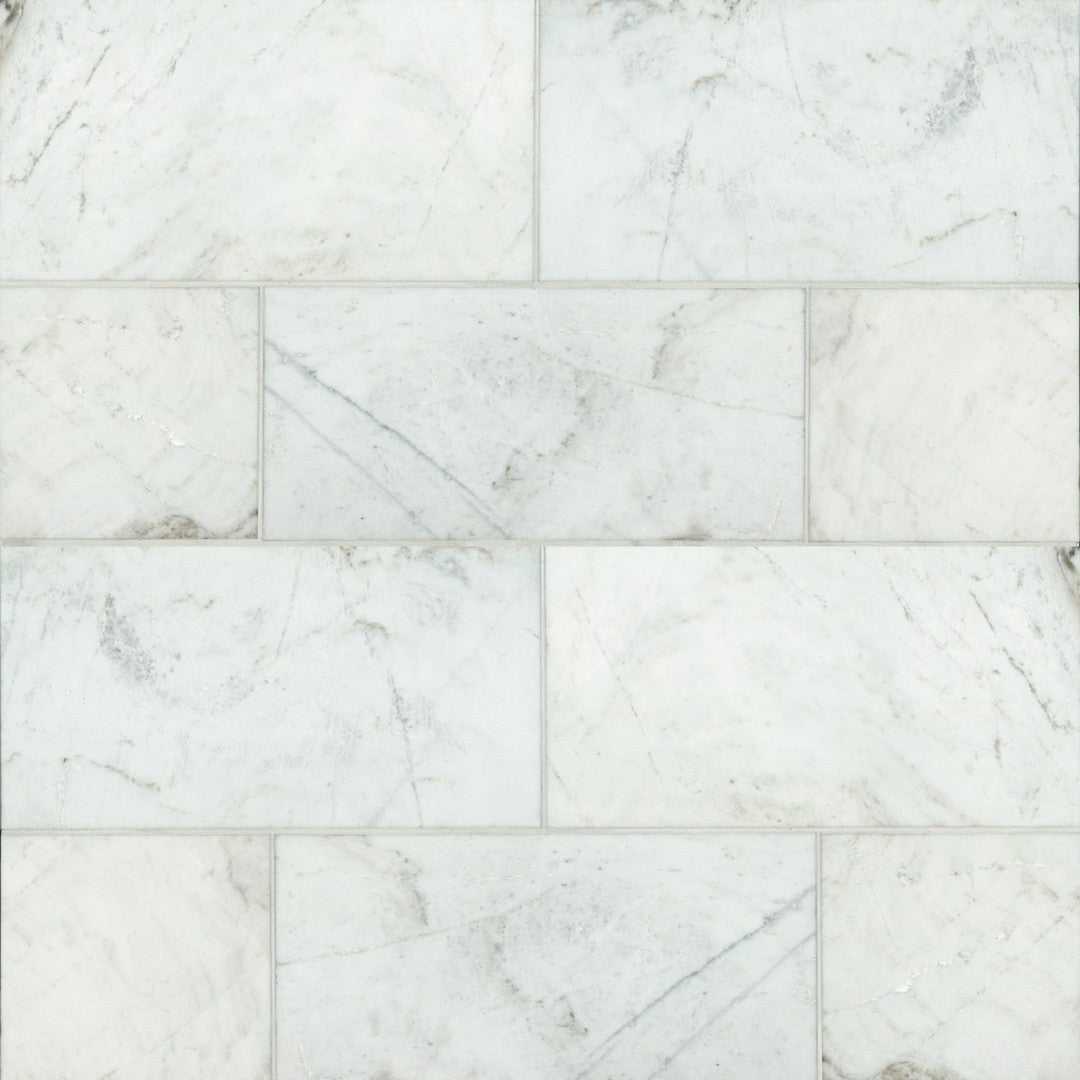
 Bedrosians Marble Glorious White 12" x 24" Floor & Wall Polished Tile
Bedrosians Marble Glorious White 12" x 24" Floor & Wall Polished Tile
 Bedrosians Marble Glorious White 12" x 24" Floor & Wall Honed Tile
Bedrosians Marble Glorious White 12" x 24" Floor & Wall Honed Tile
 Bedrosians Marble Crema Marfil Select 12" x 24" Wall Honed Tile
Bedrosians Marble Crema Marfil Select 12" x 24" Wall Honed Tile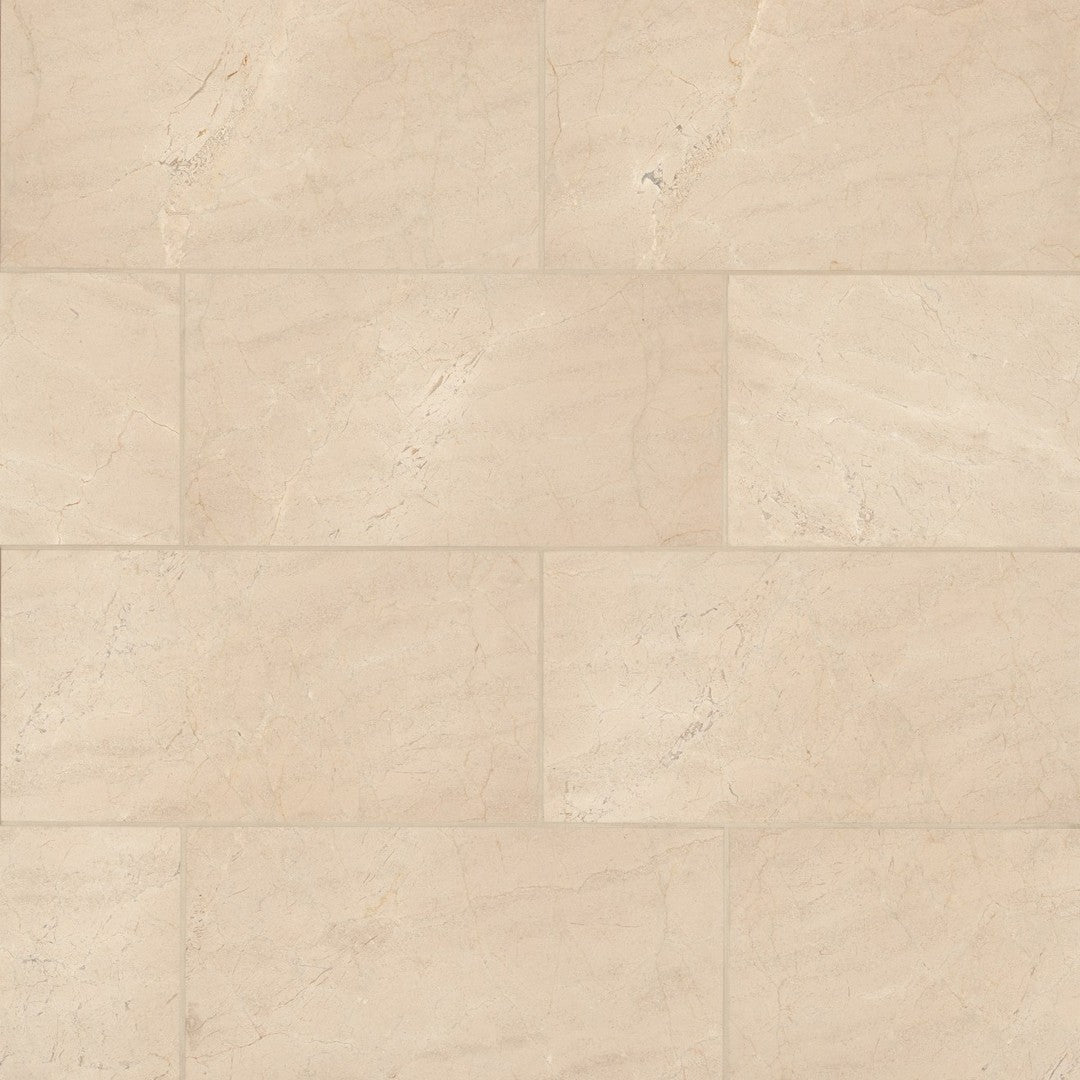
 Bedrosians Marble Crema Marfil Select 12" x 24" Wall Polished Tile
Bedrosians Marble Crema Marfil Select 12" x 24" Wall Polished Tile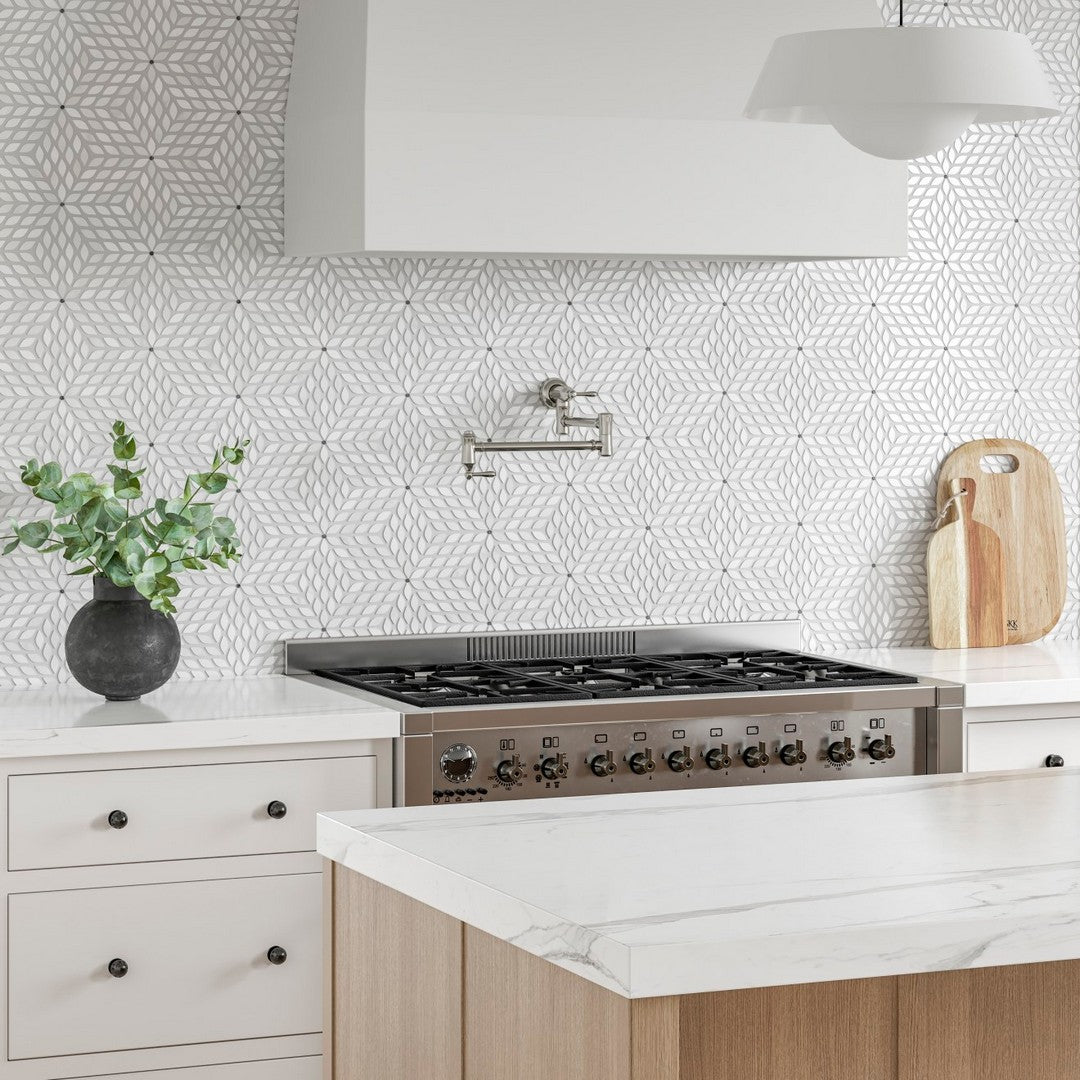
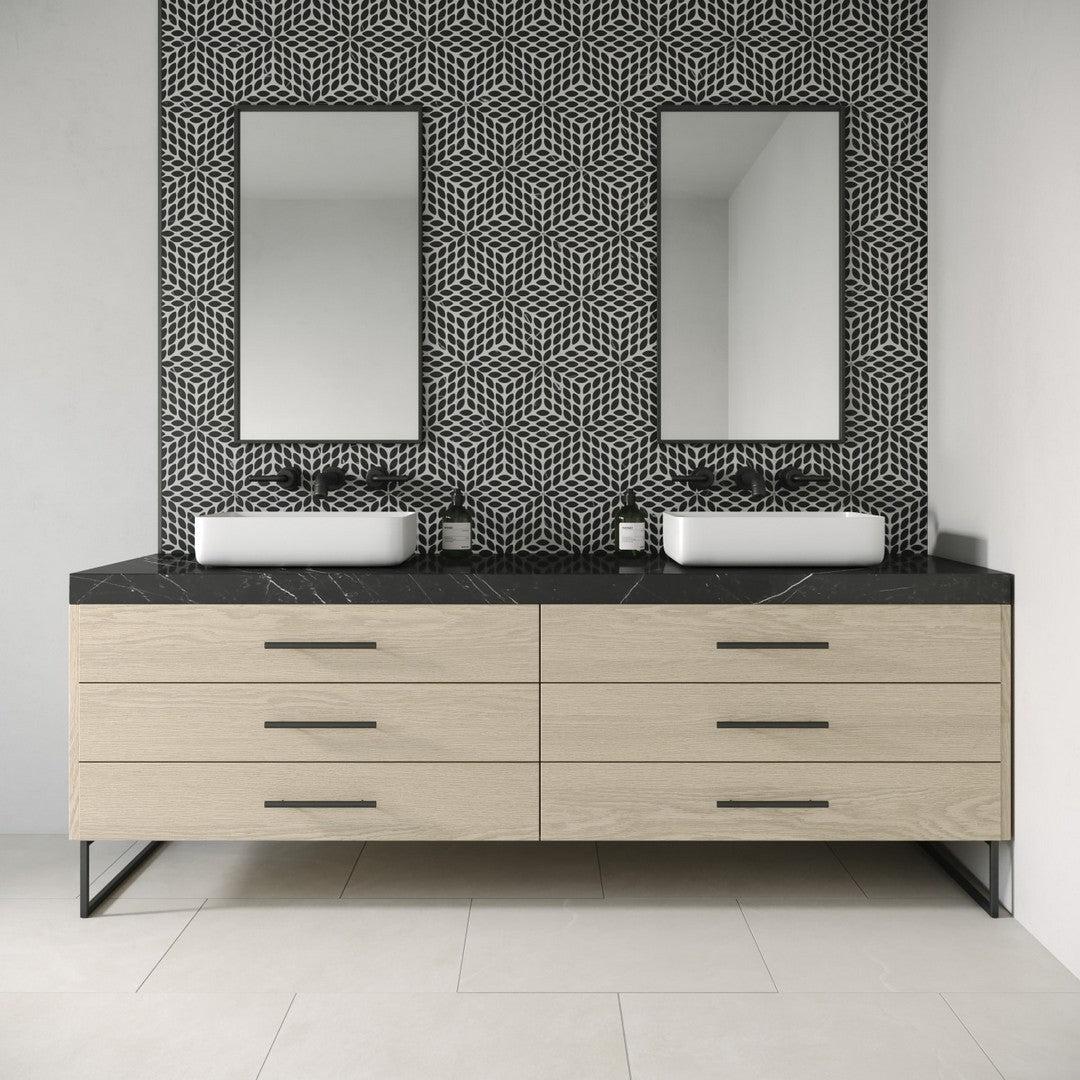
 Bedrosians Celeste 14" x 15.75" Marble Honed Mosaic
Bedrosians Celeste 14" x 15.75" Marble Honed Mosaic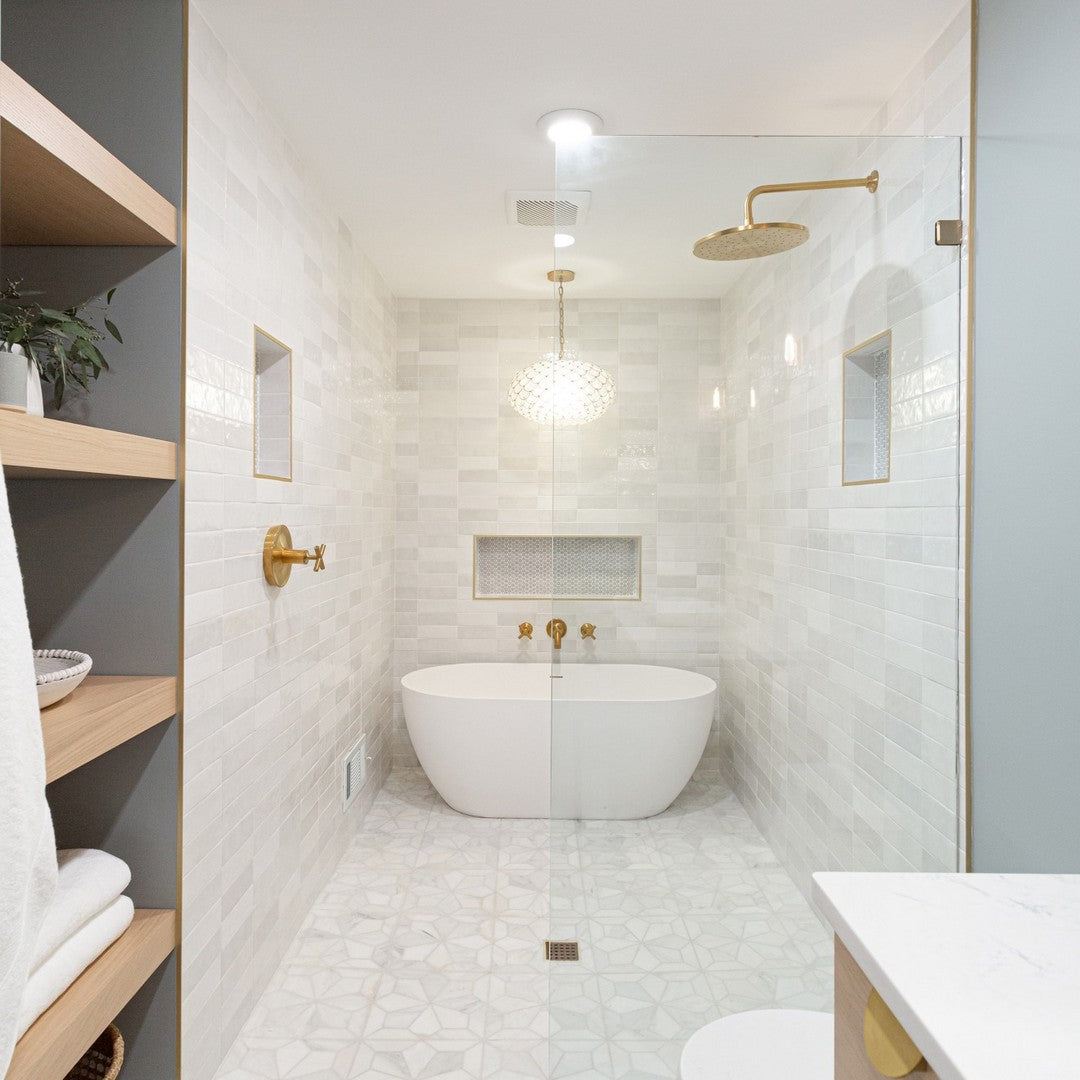
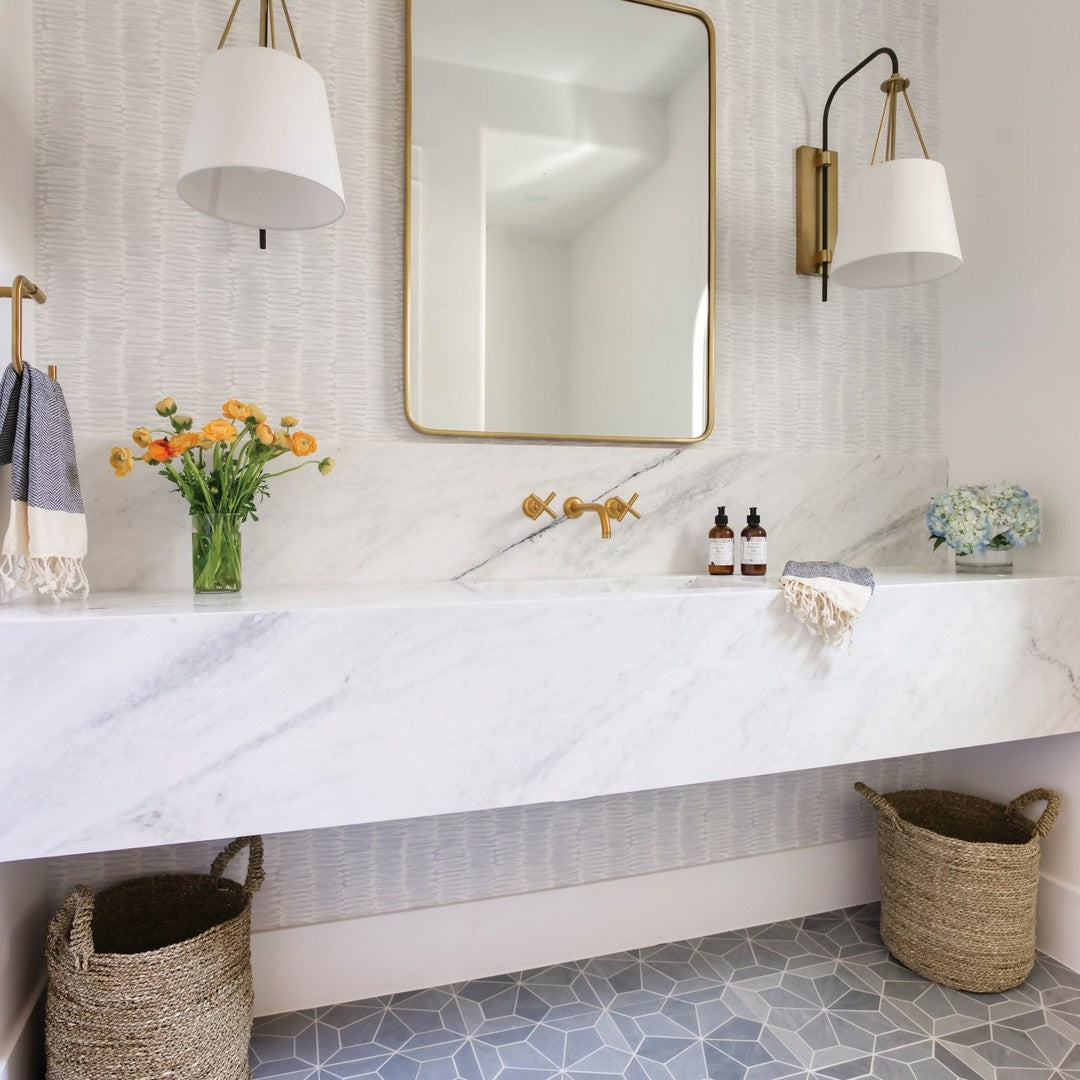
 Bedrosians Blomma 12" x 12" Marble Honed Mosaic
Bedrosians Blomma 12" x 12" Marble Honed Mosaic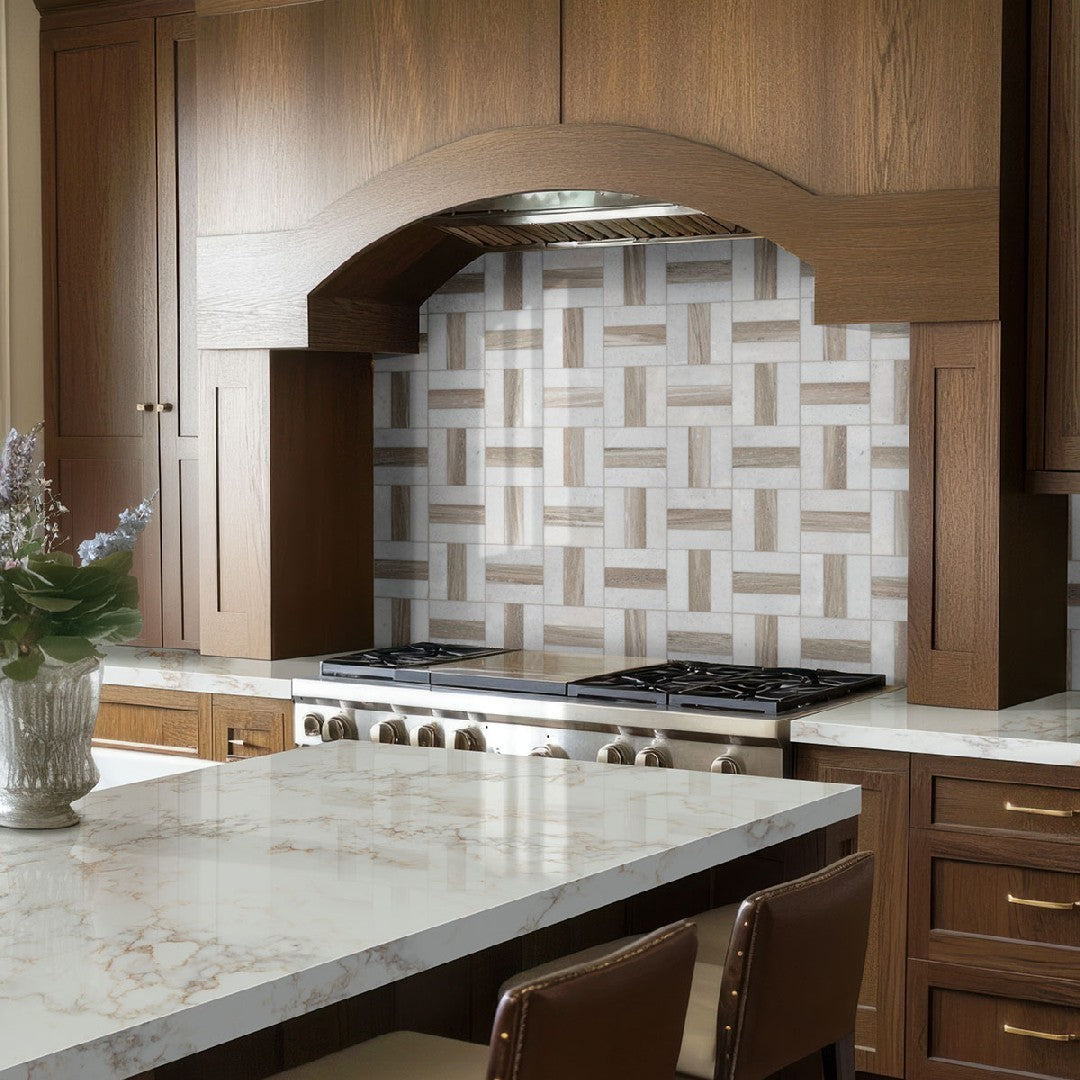
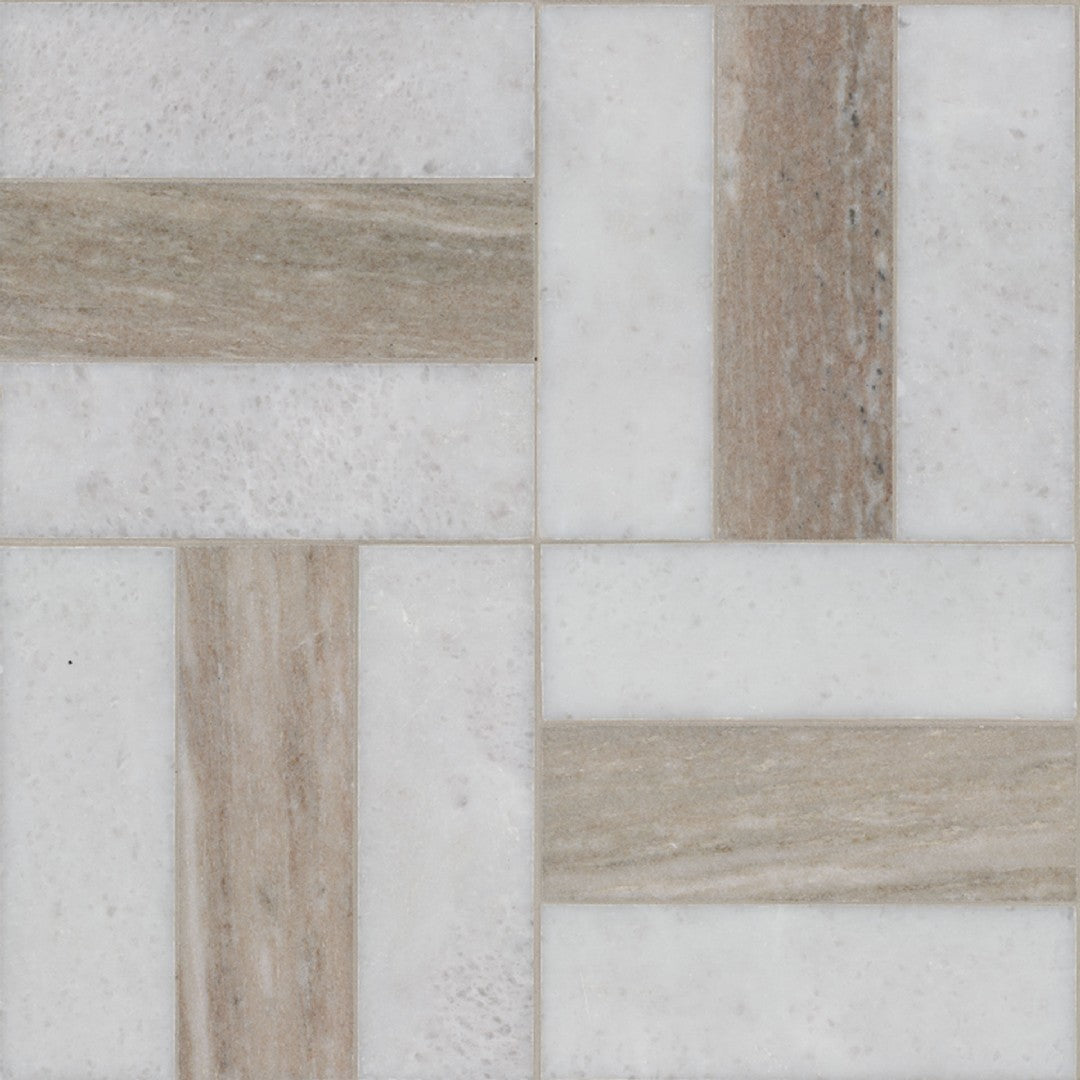
 MS International Winslow Weave 12" x 12" Polished Marble Mosaic
MS International Winslow Weave 12" x 12" Polished Marble Mosaic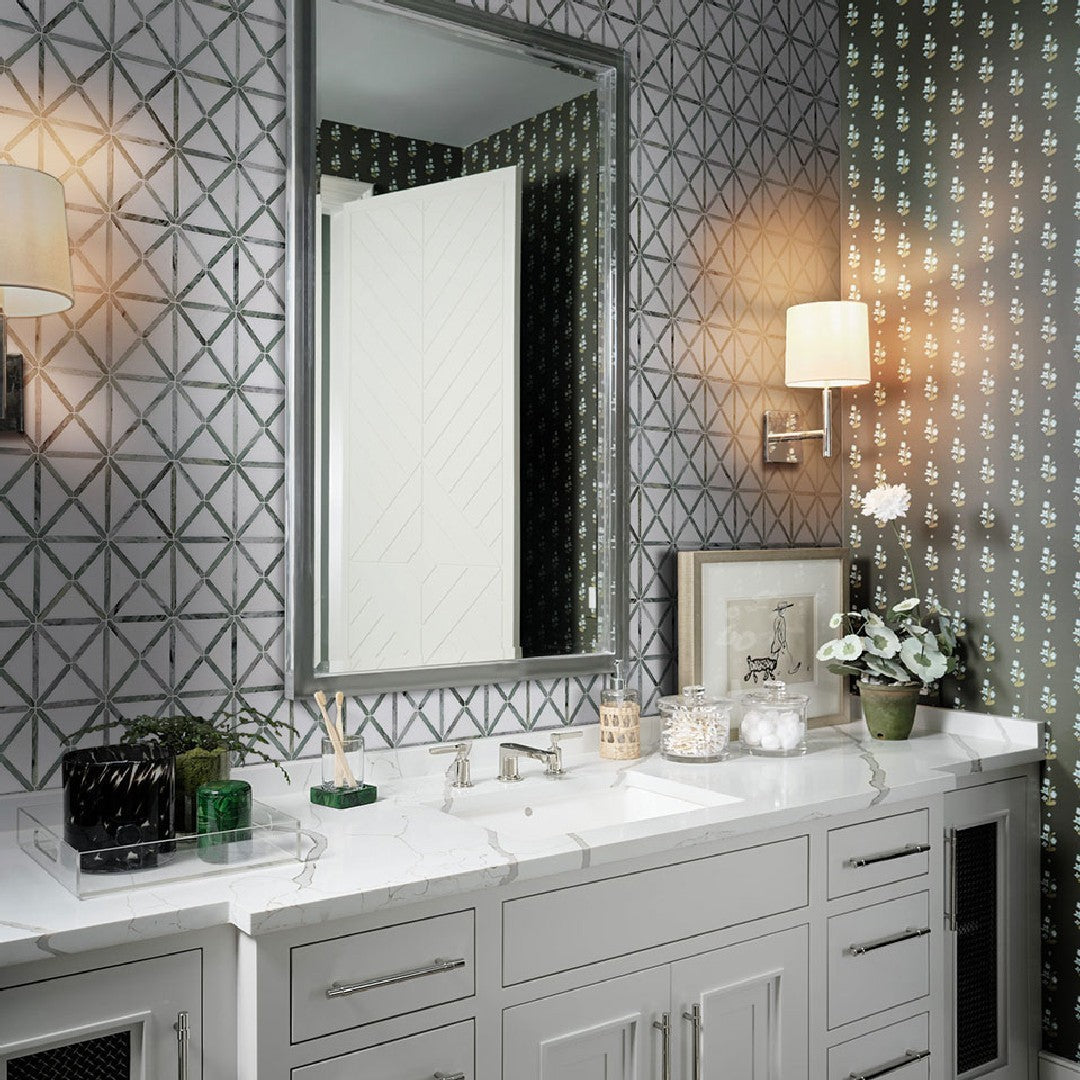

 MS International Verdant Green 12" x 12" Polished Geometric Marble Mosaic
MS International Verdant Green 12" x 12" Polished Geometric Marble Mosaic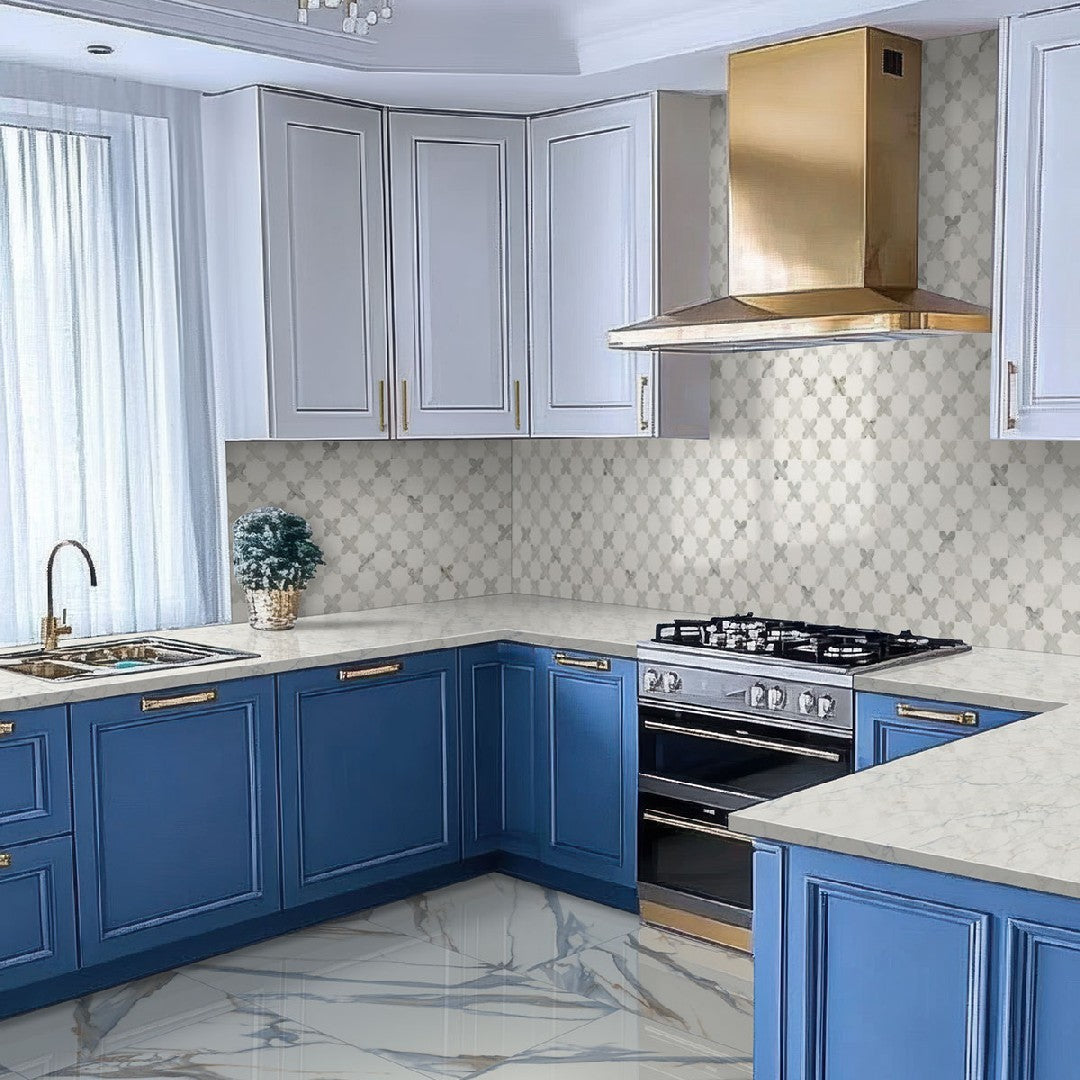
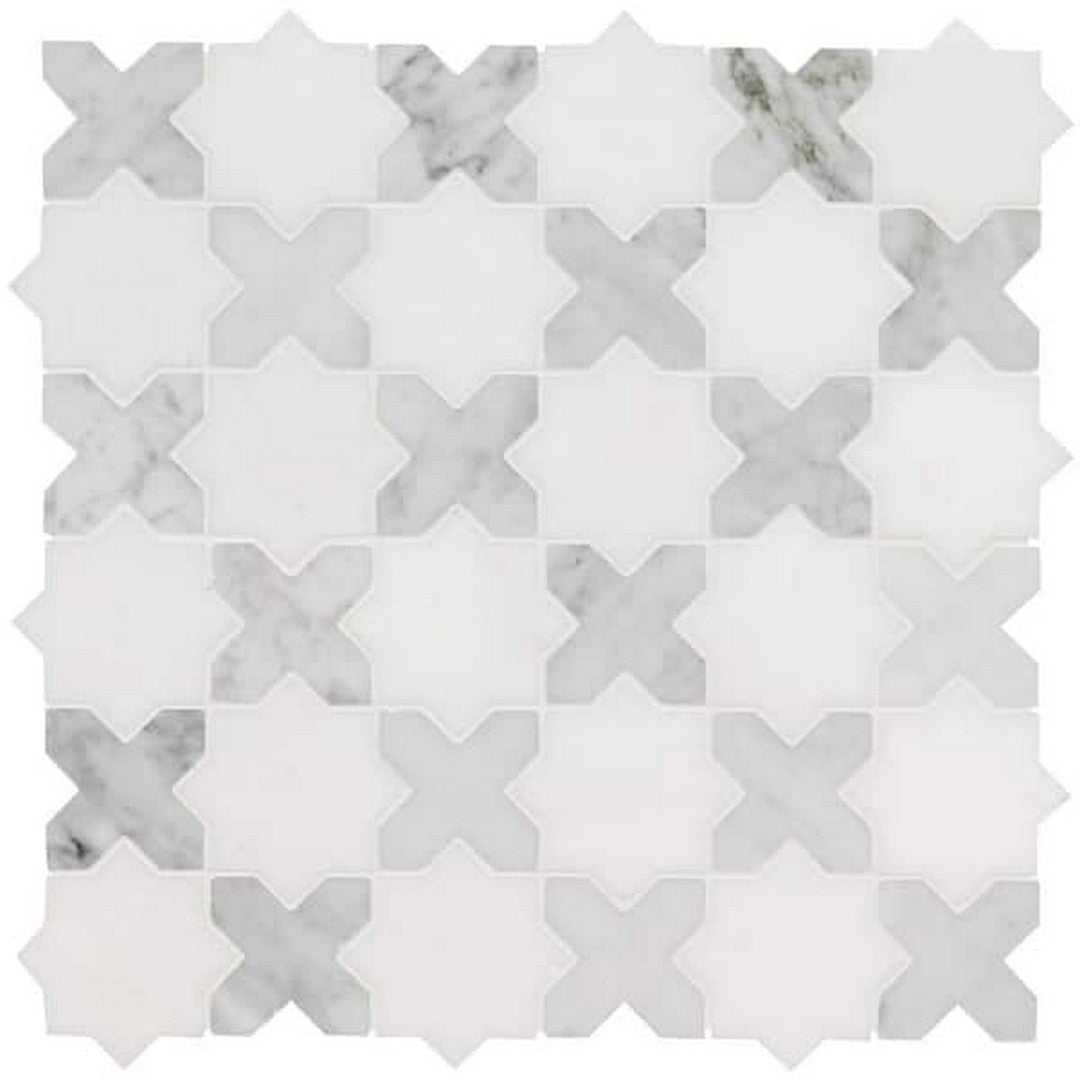
 MS International Vera Anne 12" x 12" Polished Pattren Marble Mosaic
MS International Vera Anne 12" x 12" Polished Pattren Marble Mosaic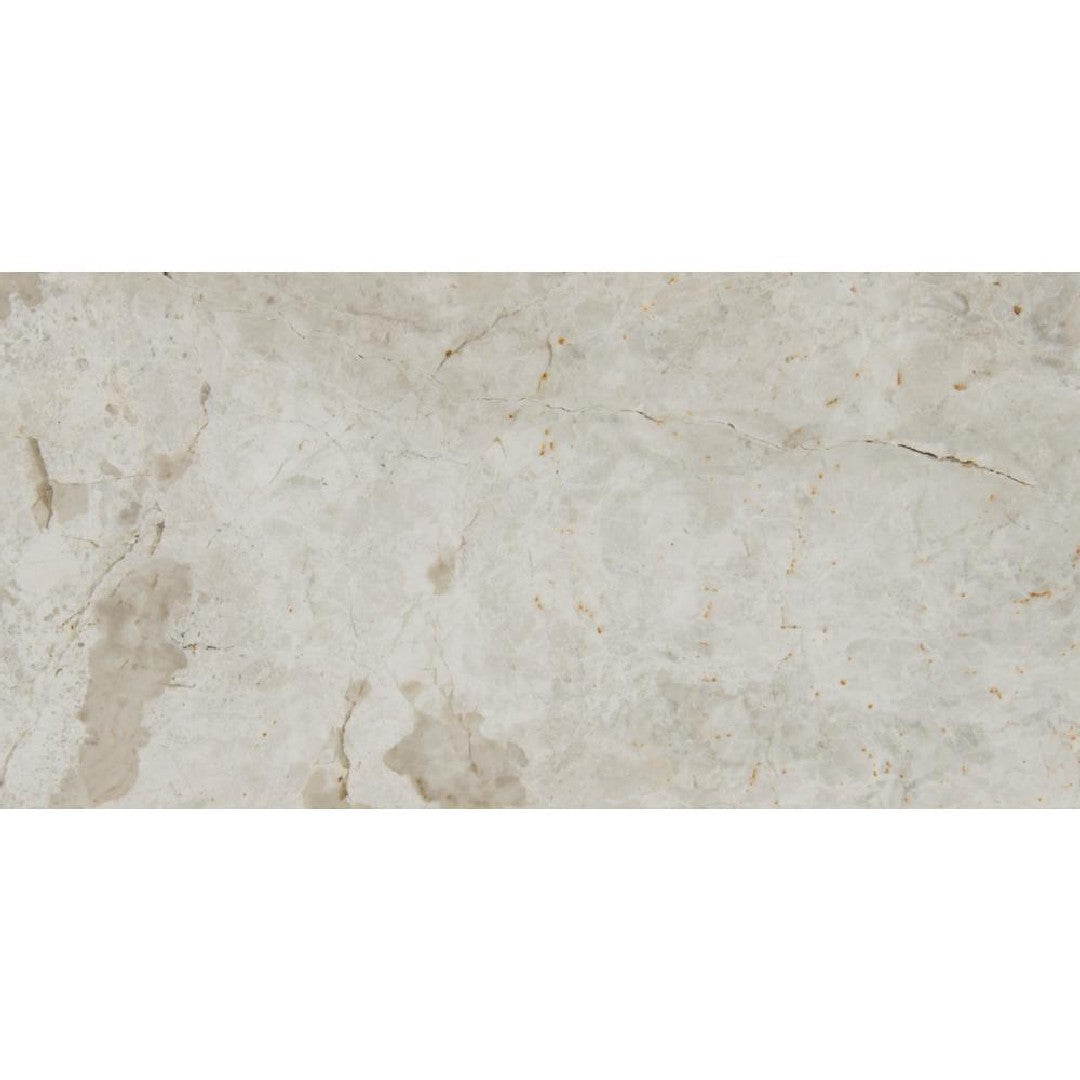
 MS International Tundra Gray 12" x 24" Polished Marble Tile
MS International Tundra Gray 12" x 24" Polished Marble Tile
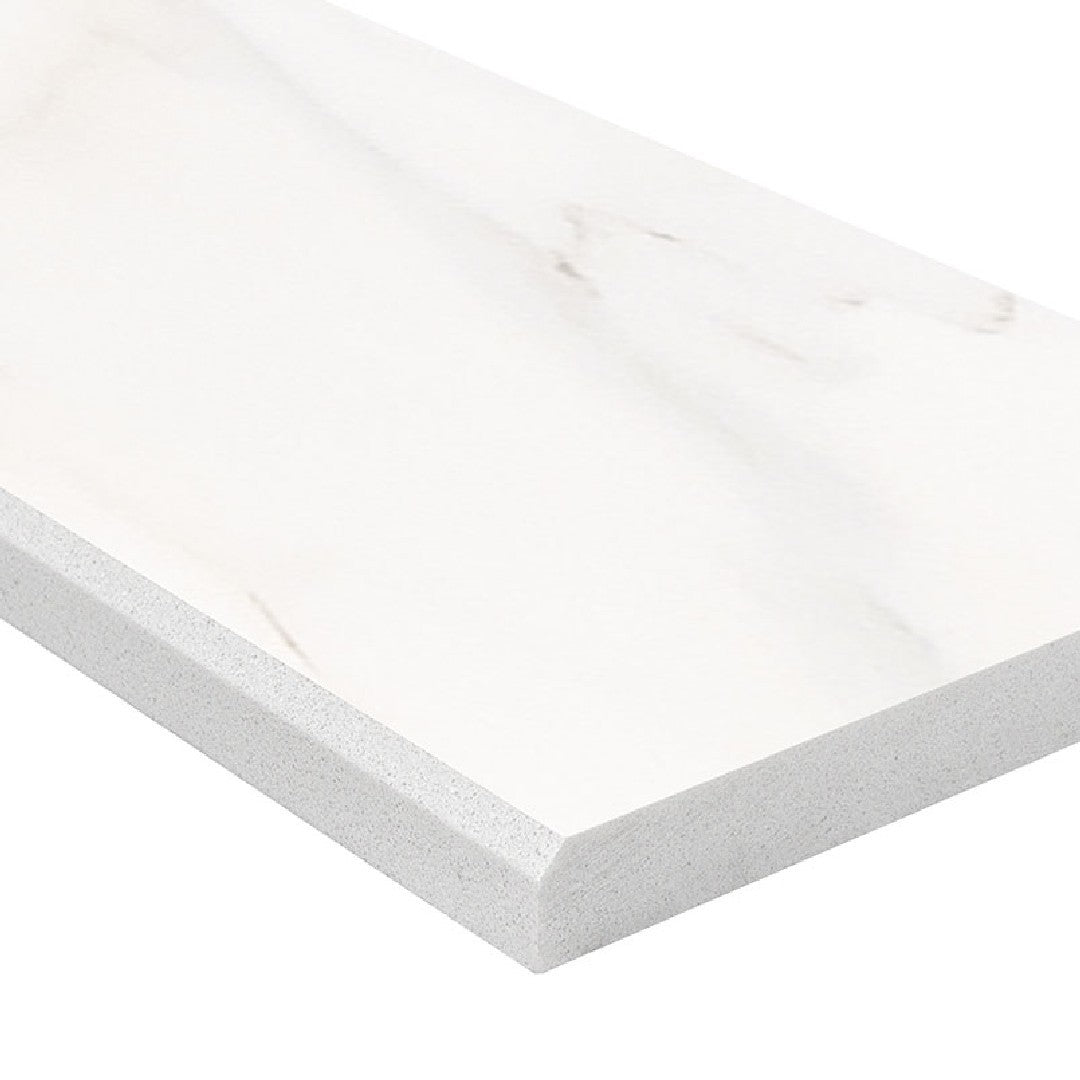
 MS International Threshold & Sills 6" x 73" Polished Engineered Marble Threshold Single Beveled
MS International Threshold & Sills 6" x 73" Polished Engineered Marble Threshold Single Beveled
 MS International Threshold & Sills 6" x 73" Polished Engineered Marble Threshold Double Beveled
MS International Threshold & Sills 6" x 73" Polished Engineered Marble Threshold Double BeveledHow to Clean and Maintain Natural Stone Flooring to Keep It Looking New
Natural stone floors—whether it's travertine, slate, marble, limestone, or granite—bring real character to a home. But they’re not like vinyl or tile. They need a little know-how to stay looking good over time. Here’s what to do (and what to avoid) if you want your stone flooring to hold up for years.
1. Sweep or Dust Mop Regularly (Daily or Every Other Day)
Stone floors might feel solid, but dust, dirt, and grit are the enemy. They act like sandpaper under your feet, slowly dulling the finish.
- Use a soft-bristle broom or microfiber dry mop.
- Avoid vacuums with rotating brushes—they can scratch stone, especially softer types like limestone or travertine.
Tip:
If it’s a high-traffic area like an entryway or kitchen, do this daily. For bedrooms or less-used spaces, 2–3 times a week is fine.
2. Use a pH-Neutral Cleaner (Never Vinegar, Ammonia, or Bleach)
Stone reacts badly to acids and harsh chemicals. Vinegar may be great for tile, but it will eat into natural stone. Especially marble, travertine, and limestone.
- Use a pH-neutral stone cleaner (check the label—don’t assume).
- Brands like StoneTech, Aqua Mix, or Bona Stone Tile & Laminate are trusted.
- Mop with warm water and this cleaner once a week or as needed.
Figure:
According to industry tests, acidic cleaners can reduce surface polish on marble by up to 30% in just one cleaning.
3. Blot Spills—Don’t Wipe
Especially on marble and limestone, spills like wine, coffee, or juice can soak into the pores and stain fast.
- Blot with a soft towel right away.
- Don’t rub—it spreads the liquid.
- For oil-based spills (like cooking grease), you may need a stone-specific poultice to pull the stain out.
4. Use Door Mats and Felt Pads
This is one of the simplest (and most ignored) steps that prolongs the life of stone floors.
- Place mats at all entryways to trap dirt and grit.
- Use felt pads under furniture legs—especially chairs that move.
- For rolling office chairs, use a rug or mat to prevent wear.
5. Reseal Every 1–2 Years (Sometimes More Often)
Not all stone needs sealing, but most do—especially porous types like travertine, limestone, or unpolished slate.
- Use a penetrating sealer designed for your stone type.
- You don’t need a shiny surface sealer unless you're going for a polished look.
- High-traffic kitchens or bathrooms may need sealing every 6–12 months.
Real-world tip:
If water doesn’t bead up on the surface anymore, it’s time to reseal.
6. Don’t Drag Heavy Things Across It
Even granite and slate can scratch or chip when you slide a fridge or metal furniture across them.
- Always lift or use sliders.
- For renovations or moves, cover stone with cardboard or drop cloths.
7. For Deep Cleaning, Use a Stone-Safe Machine (or Call a Pro)
If your floor starts to look dull or grimy despite cleaning:
- Rent a floor scrubber with soft brush pads, not abrasives.
- Use a stone-safe cleaner and lots of clean water.
- Or call a professional cleaner who knows stone—don’t let someone “strip and wax” natural stone like it’s vinyl.
Final Thought (From Experience)
Natural stone isn’t high-maintenance, if you clean smart, seal regularly, and avoid harsh chemicals, your floors can look just as sharp in 10 years as they did on install day. I’ve seen 20-year-old marble floors that still shine, and I’ve seen brand-new ones ruined by using bleach in month one.


